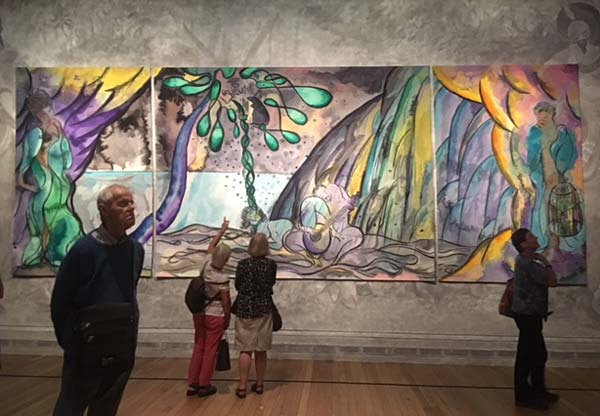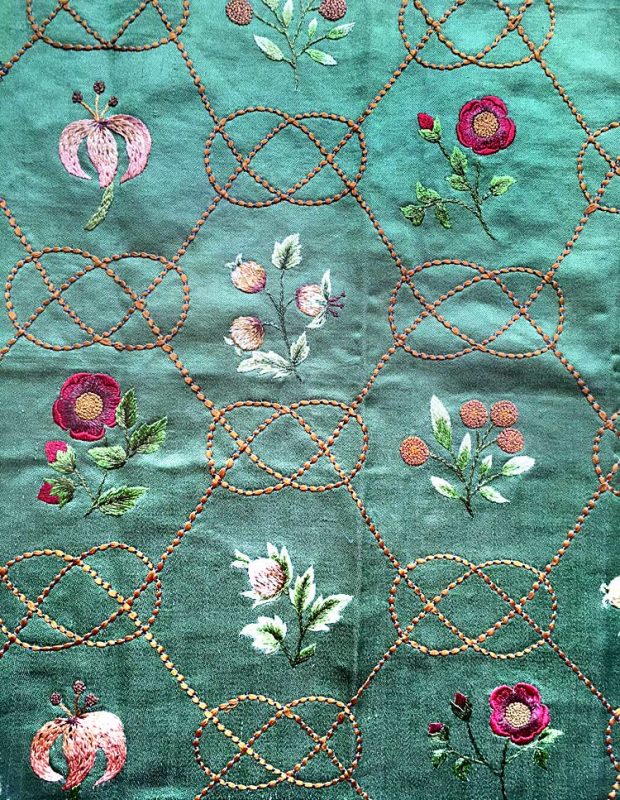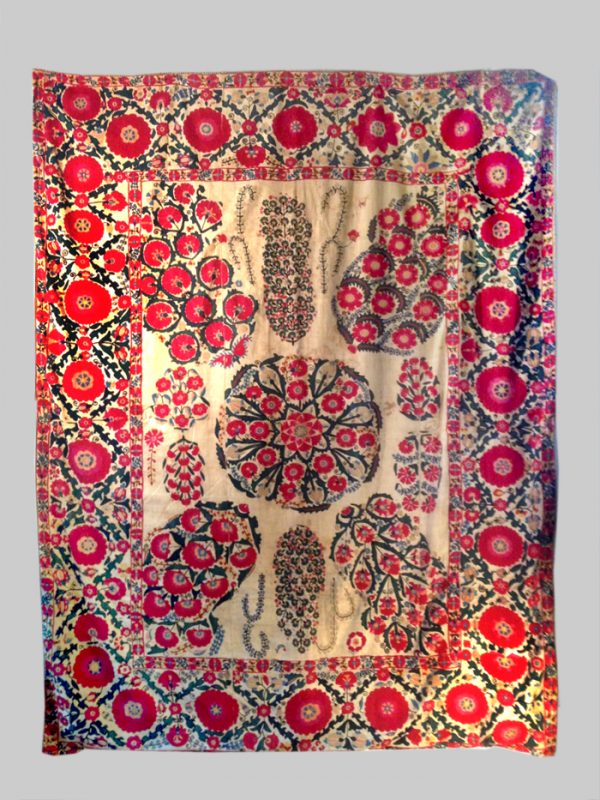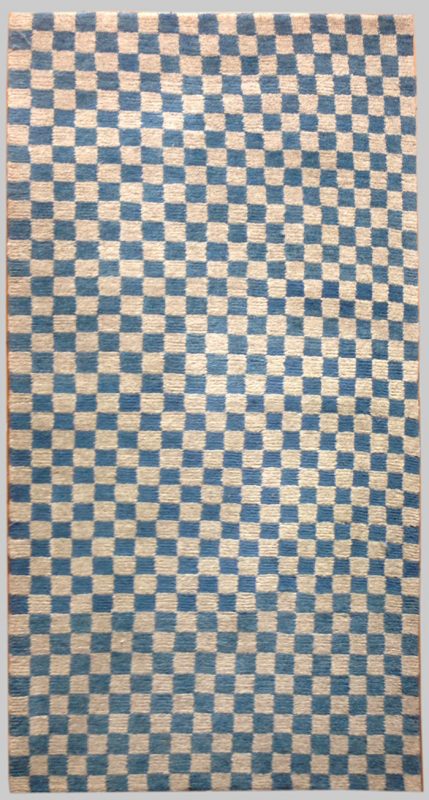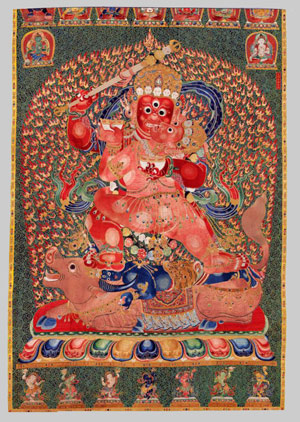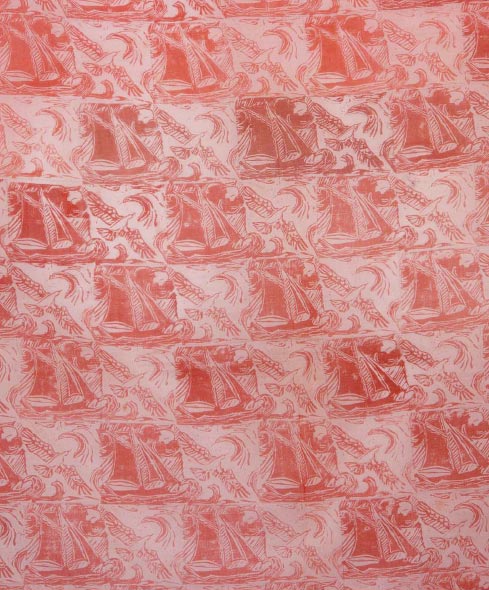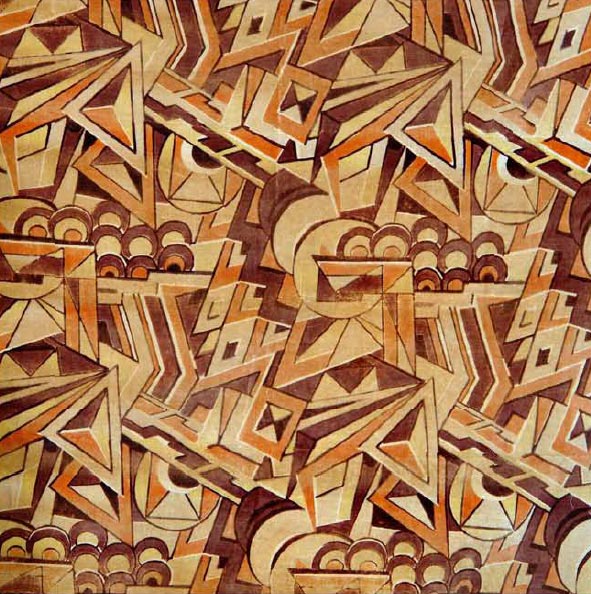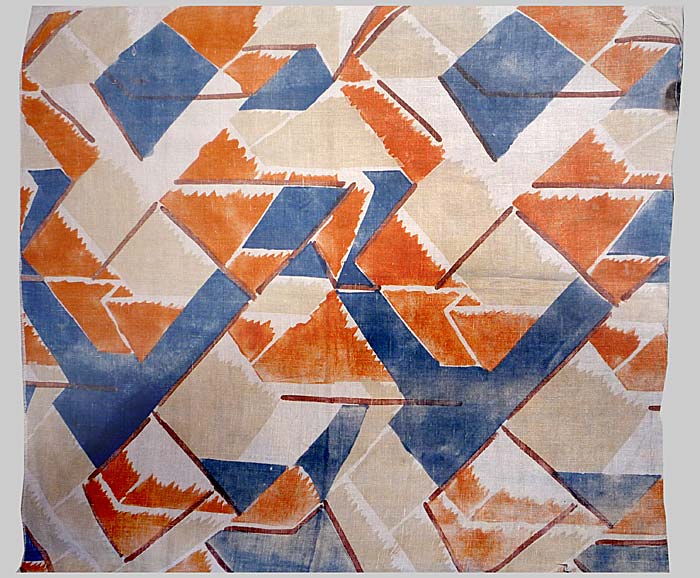Leeds

I was thrilled to learn our large panel by Jacob Kramer was exhibited for the first time in its new home at Leeds Art Gallery.
It was a real joy researching him and discovering how Avant-garde Leeds was in the early part of the 20th century.
The first British city Kandinsky visited to discuss his Art was Leeds not London.
Ancient and Modern:
The Ikat exhibition “To dye for” is currently at the Arthur M Sackler, Washington DC. The exhibits were a donation from Guido Goldman. This prompted me to again look at his book”Ikat” .He sites his love of Ikat as stemming from his love of German Expressionism and his love of Kandinsky .
I find this fact very reaffirming of human need of colour in both modern and ancient society! Kandinsky was hugely influenced by “Thought Forms” the work of Annie Bessant particularly her paintings of what she saw when she heard the music of Mendelssohn, Wagner and Gounod . Kandinsky had synesthesia- when he heard music he saw colours- he so identified with her painting that he completely changed his painting style and became an Abstract Expressionist.
Central Asia has more Sufi schools than other part of the world and are highly influenced by Zoroastrianism -which later develops into the more mystical side of Islam . Connecting again the ancient and modern – Johannes Itten,( friend and colleague of Kandinsky) and the major scholar on colour theory at Bauhaus was also a Zoroastrian . I believe that the weavers and dyers of Central Asia knew intuitively the power of colour combinations and harmony and the effect on our well being. It is interesting to think that Asian civilisations had knowledge much earlier than the Modern Western world .
Strangely the reason Kandinsky visited Leeds was to discuss the connection with colour music and emotion .
The Bloomsbury Group and The Algonquin Round Table:
I was also delighted that Marian Stoll has been featured in a scholarly book by Dr Cynthia Fowler-.
“The Modern Embroidery Movement” published by Bloomsbury.(see research). In her letter to Ottoline Morrell ,Marian Stoll mentions she doesn’t mind financial hardship as long as she is remembered posthumously – so I always felt it was part of my duty to bring her to public mind. Recently I have been fortunate to find two more of her embroideries. Also her letters to Bessie Morrison have recently been given to University of Notre Dame in USA. She was an extraordinary woman straddling both the Bloomsbury group here in Uk and the Algonquin Round Table through Alec Woollcott in USA .
New stock : rich pickings
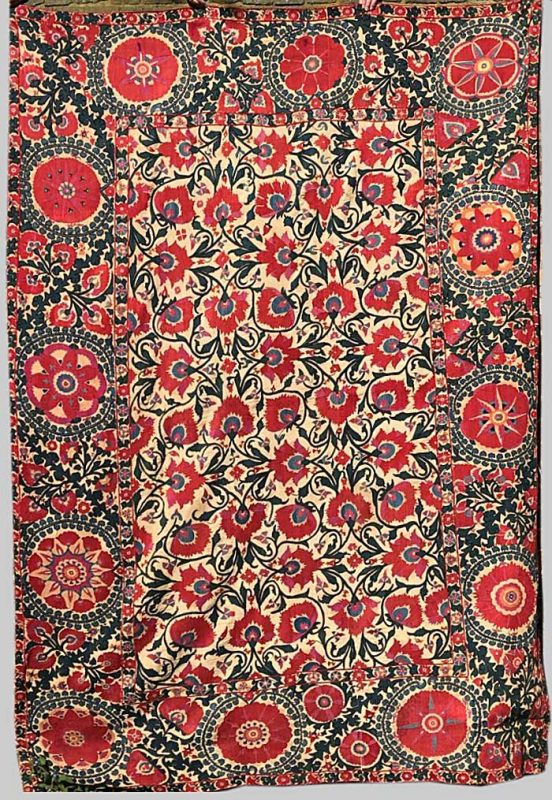
I have been very lucky in currently handling a fabulous Shahrysabz Suzani, formerly owned by Sir William Burrell , a wonderful velvet Uzbek Ikat, and two rare 18th century shawl fragments.see Islamic
Two of Marian Stoll’s embroideries have come my way and a lovely Omega fragment formerly owned by Howard Hodgkin‘s Irish grandmother Florence Hodgkin .see modernism
Please don’t hesitate to contact us should you have any rare textile issue.
Very best wishes to you all
Esther
PS
It has just been pointed out to me that a lowan is up for sale in LA . All I can say is “ interesting “
Lot 42
Fine Ceremonial Scarp, Palembang Region, South Sumatra
US$ 30,000 – 50.000
£ 22.000 – 37.000
